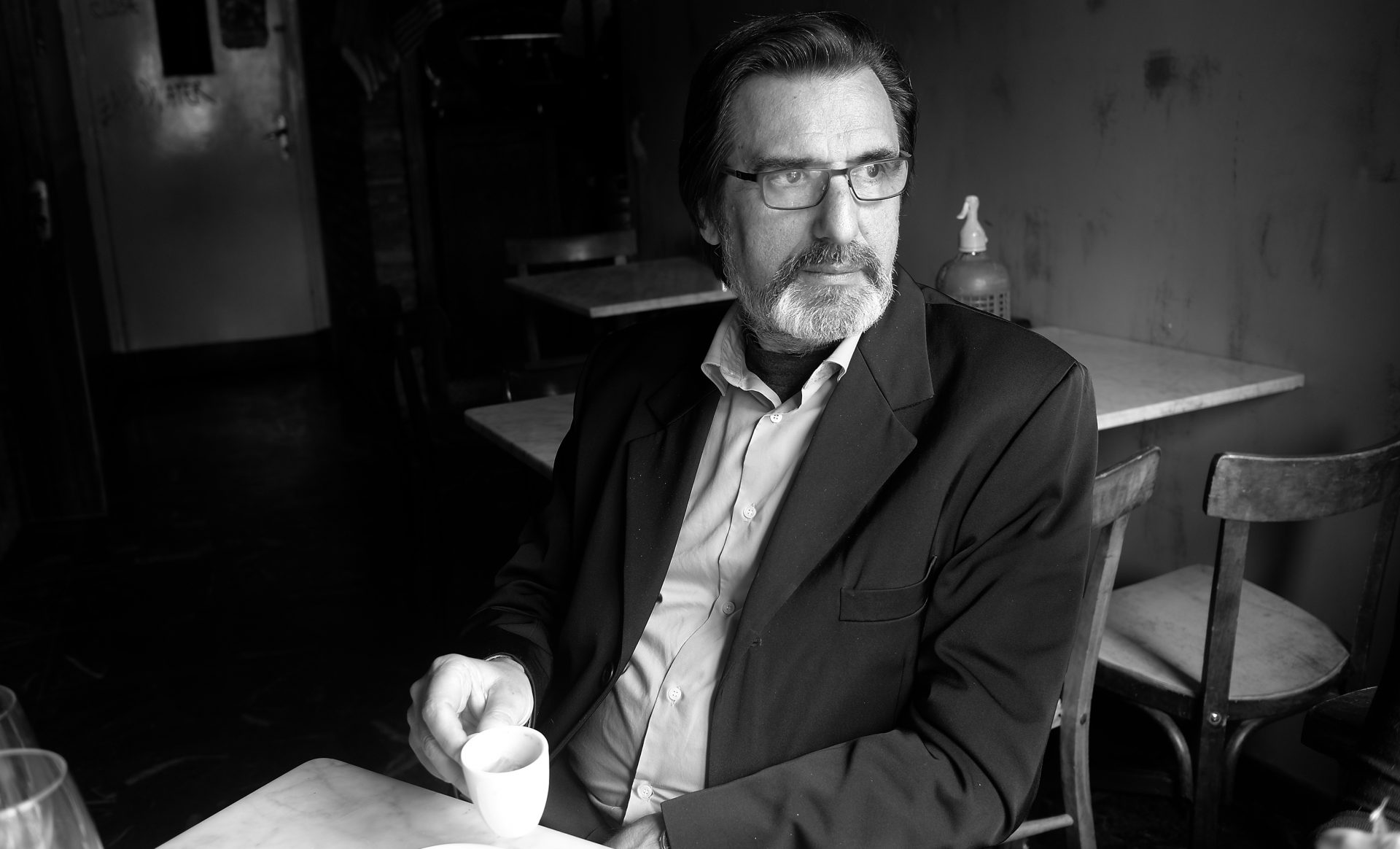Although much has been said about film as the intersection of different artistic media, there has been little in-depth analysis of this in studies of film language and dramaturgy. Halfway between a manual and an essay, this book proposes an approach to the cinematographic phenomenon which combines theory and practice –fields sometimes considered antithetical– by means of incorporating cinema to the expressive current that is formed by literature, theatre, painting and music, as well as through its approach to a phenomenology of the image, an operation that up until now has been paradoxically postponed. It is about assuming the multidisciplinarity of film expression in order to make manifest the varied tools that the film director can turn to, which are often times hidden behind an industrialist conception of film which reveals itself to be very limited, both aesthetically as well as professionally.
This is, therefore, a book aimed equally at those who look for reflection and those who are seduced by praxis, since the paths of their respective activities meet, in these pages, in the framework composed by an effectiveness which must be thought out and a thinking that necessarily culminates in the practice of the experience of filming. The new dramaturgical phenomena which are revealed in this book promote a different gaze on works now considered classic –from Hitchcock to Welles, from Lubitsch to Rossellini– as well as on modern films –from Angelopoulos to de Lepage– without forgetting films of undeniable commercial success, but not because of this with less expressive efficiency, such as Seven by David Fincher. But especially, this text reveals in all its magnitude the figure of the movie director who, transcending controversies about the death of the author, shows his capacity to catalyze an expressive heritage of enormous transcendence.
CONTENT
I El cine en la encrucijada
1. El cine, ¿práctica o aprendizaje?
2. La justificación del ámbito artístico
3. Dirección y producción, un eterno malentendido
4. La originalidad de la figura del director de cine
5. El cine, ¿arte o industria?
6. El nuevo autor cinematográfico
7. El director de cine y el medio cinematográfico
8. La teoría y la práctica
II Fundamentos estético-dramatúrgicos
1. La construcción escenográfica, entre la técnica y la lingüística
2. De la puesta en escena a la puesta en forma
3. La forma dramática
4. De la escritura visual a la escritura mental
5. De la escena teatral a la cinematográfica
6. El cine, entre la impureza y la complejidad
7. El carácter transdisciplinario del arte cinematográfico
La mirada de Ulises
8. La adaptación como ejercicio de transdiciplinariedad
9. Expresión y ontología
10. La escena como concepto cultural
11. El espacio fílmico, entre el espacio literario y el espacio mental
12. Visión literaria y visión fílmica
Yo confieso
La Confessionnal
13. El punto de vista y la creación del espacio cinematográfico
Espacio y cine
De la tercera persona literaria al punto de vista fílmico
Lolita
14. El proceso de visualización del punto de vista
Punto de vista y objetividad visual
Manierismo e imaginación espacial
Espacio y estilo
Extraños en un tren
III La construcción fílmica
De la escena a la secuencia
1. Espacio escénico y tiempo secuencial
Psicosis
2. La unidad de rodaje
3. Pensar la escena
4. La escena como problema
Seven
Angel
5. El tiempo y la escena
Roma, Citta Aperta
6. La estructura de la secuencia
Ciudadano Kane
7. La forma de la escena
8. Forma global y expresividad
9. Escena, realismo y realidad
El storyboard
10. Diegesis y puesta en escena
Ana Kareninaç
11. La construcción del universo imaginario
De los planos a los vectores
12. La fenomenología de los planos
Rosetta
13. El trabajo con los vectores
Con la muerte en los talones
Más allá del montaje
14. El montaje cinematográfico
15. El montaje y el tiempo cinematográfico
16. El montaje secuencial
Campanadas a medianoche
Encadenados
17. Espacio y subjetividad en la escena y en la secuencia
18. La arquitectura de la secuencia
Calle Mayor
19. La expresión fluida en el cine
20. La ambigüedad del plano secuencia
IV Otros ámbitos de la dirección
1. La creación del espacio sonoro
2. La dirección de actores

